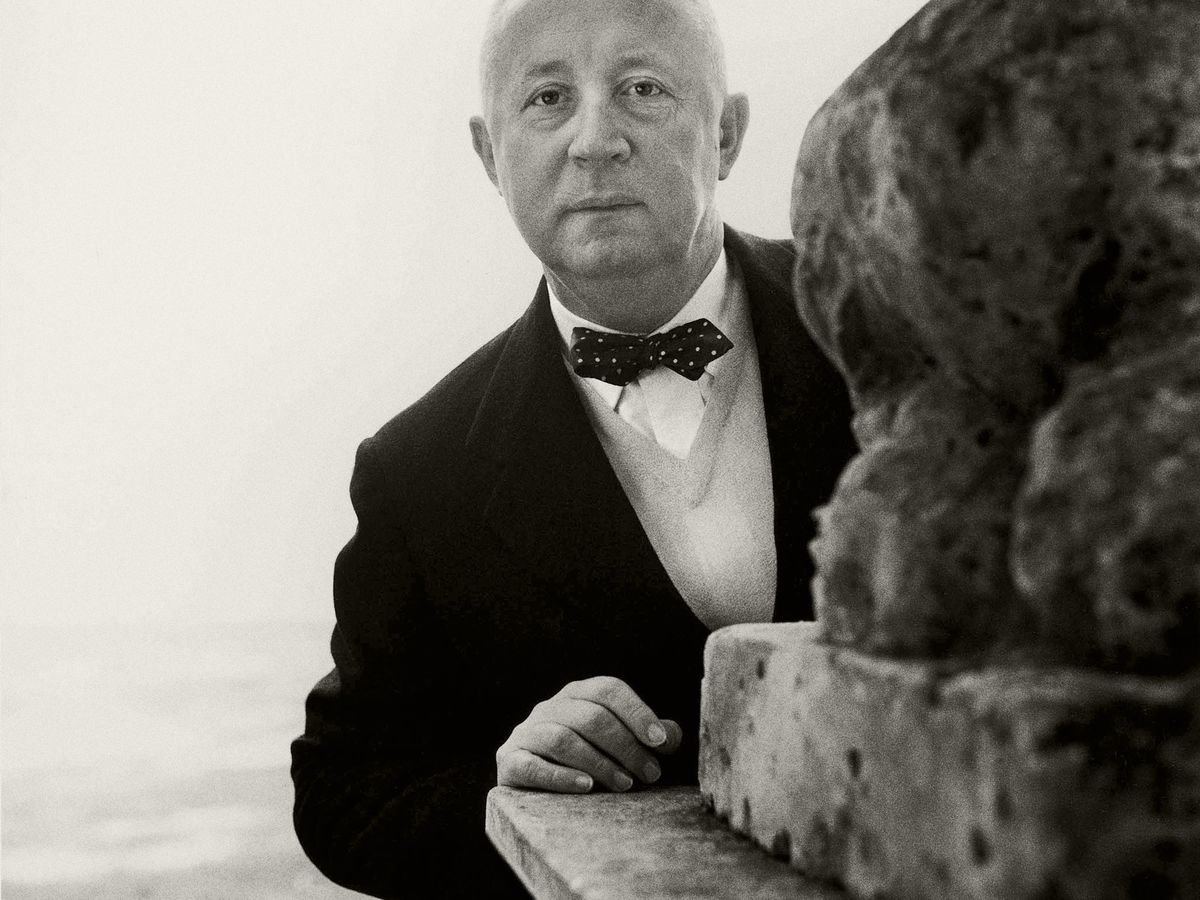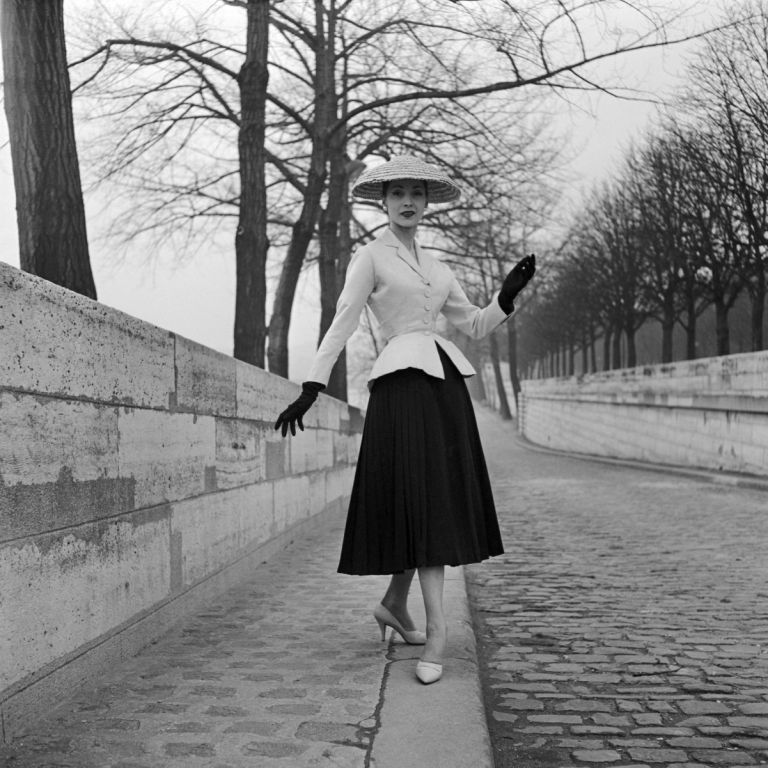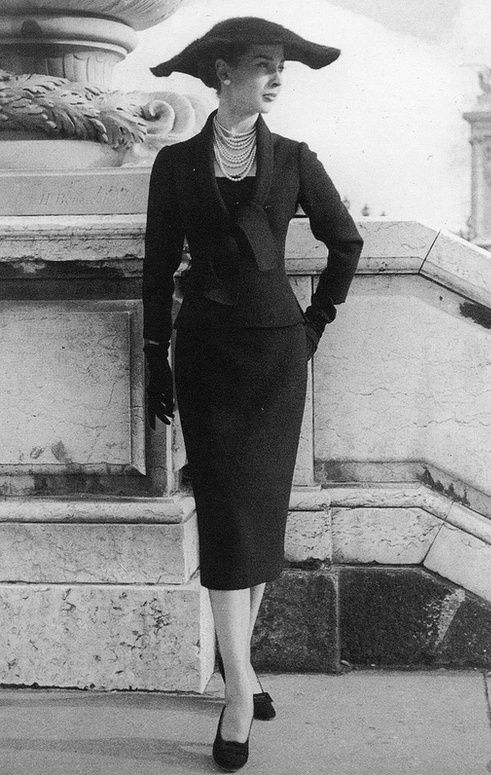Christian Dior
1905 - 1957

Christian Dior transformed post-war fashion with his revolutionary "New Look" collection in 1947. Born in Granville, France, to a wealthy fertilizer manufacturer, he initially pursued a career in art and ran a small gallery before entering the fashion world.
After working for Robert Piguet and Lucien Lelong, Dior established his own fashion house in 1946, backed by textile manufacturer Marcel Boussac. His first collection, dubbed the "New Look" by Harper's Bazaar editor Carmel Snow, featured rounded shoulders, cinched waist, and full skirts that used excessive fabric – a bold statement in post-war France when materials were still being rationed.
The House of Dior quickly expanded into furs, hats, stockings, and perfumes. Dior was among the first couturiers to license his designs, making luxury fashion more accessible to a wider audience. He established global operations, making Paris fashion available worldwide.
Though his career lasted only a decade, Dior's influence on fashion was profound. He trained many notable designers, including Yves Saint Laurent, who succeeded him after his sudden death in 1957. Today, the House of Dior continues to be a leading force in global luxury fashion, maintaining the founder's legacy of elegance and innovation.
ICONIC DESIGNS
Revolutionary silhouettes that defined an era and established the foundation for modern haute couture.
The New Look (1947)

The Bar Suit revolutionized post-war fashion with its feminine silhouette featuring a fitted jacket, padded hips, and full skirt. This design marked a return to luxury and femininity after wartime austerity.
The H-Line (1954)

A revolutionary silhouette that moved away from the nipped waist, featuring a straight line from shoulder to hem. This design represented a more modern approach to elegance.
Un impact durable
En seulement dix ans à la tête de sa maison, Christian Dior a révolutionné la mode d'après-guerre et établi un empire du luxe qui continue de prospérer aujourd'hui.
Son approche visionnaire du business de la mode, notamment à travers les licences et l'expansion internationale, a créé un modèle que de nombreuses maisons de couture suivent encore aujourd'hui.
"Après les femmes, les fleurs sont les plus divines des créations."